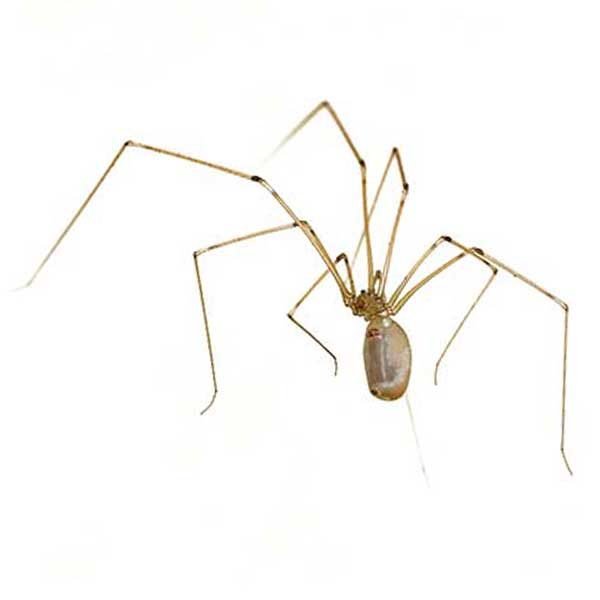

Since warmer conditions increase metabolic rates and energy requirements in organisms, the reduction in body size is advantageous to their survival. Springtails also possess the ability to reduce their body size by as much as 30% through subsequent ecdyses (molting) if temperatures rise high enough. All of this takes place in as little as 18 milliseconds. When released, it snaps against the substrate, flinging the springtail into the air and allowing for rapid evasion and migration. It is located on the fourth abdominal segment of collembolans and is folded beneath the body, held under tension by a small structure called the retinaculum (or tenaculum). Most species have an abdominal, tail-like appendage known as a furcula. It is believed to be associated with fluid uptake and balance, excretion, and orientation of the organism itself. Members of the Collembola are normally less than 6 mm (0.24 in) long, have six or fewer abdominal segments, and possess a tubular appendage (the collophore or ventral tube) with reversible, sticky vesicles, projecting ventrally from the first abdominal segment.

#Actual size springtails full
If they are considered a basal lineage of Hexapoda, they are elevated to full class status. The adjustments of traditional taxonomic rank for springtails reflects the occasional incompatibility of traditional groupings with modern cladistics: when they were included with the insects, they were ranked as an order as part of the Entognatha, they are ranked as a subclass. Some DNA sequence studies suggest that Collembola represent a separate evolutionary line from the other Hexapoda, but others disagree this seems to be caused by widely divergent patterns of molecular evolution among the arthropods. The word Collembola is from the ancient Greek κόλλα kólla "glue" and ἔμβολος émbolos "peg" this name was given due to the existence of the collophore, which was previously thought to stick to surfaces to stabilize the creature. They do not directly engage in the decomposition of organic matter, but contribute to it indirectly through the fragmentation of organic matter and the control of soil microbial communities. Although the three orders are sometimes grouped together in a class called Entognatha because they have internal mouthparts, they do not appear to be any more closely related to one another than they are to all insects, which have external mouthparts.Ĭollembolans are omnivorous, free-living organisms that prefer moist conditions. Springtails ( Collembola) form the largest of the three lineages of modern hexapods that are no longer considered insects (the other two are the Protura and Diplura).


 0 kommentar(er)
0 kommentar(er)
